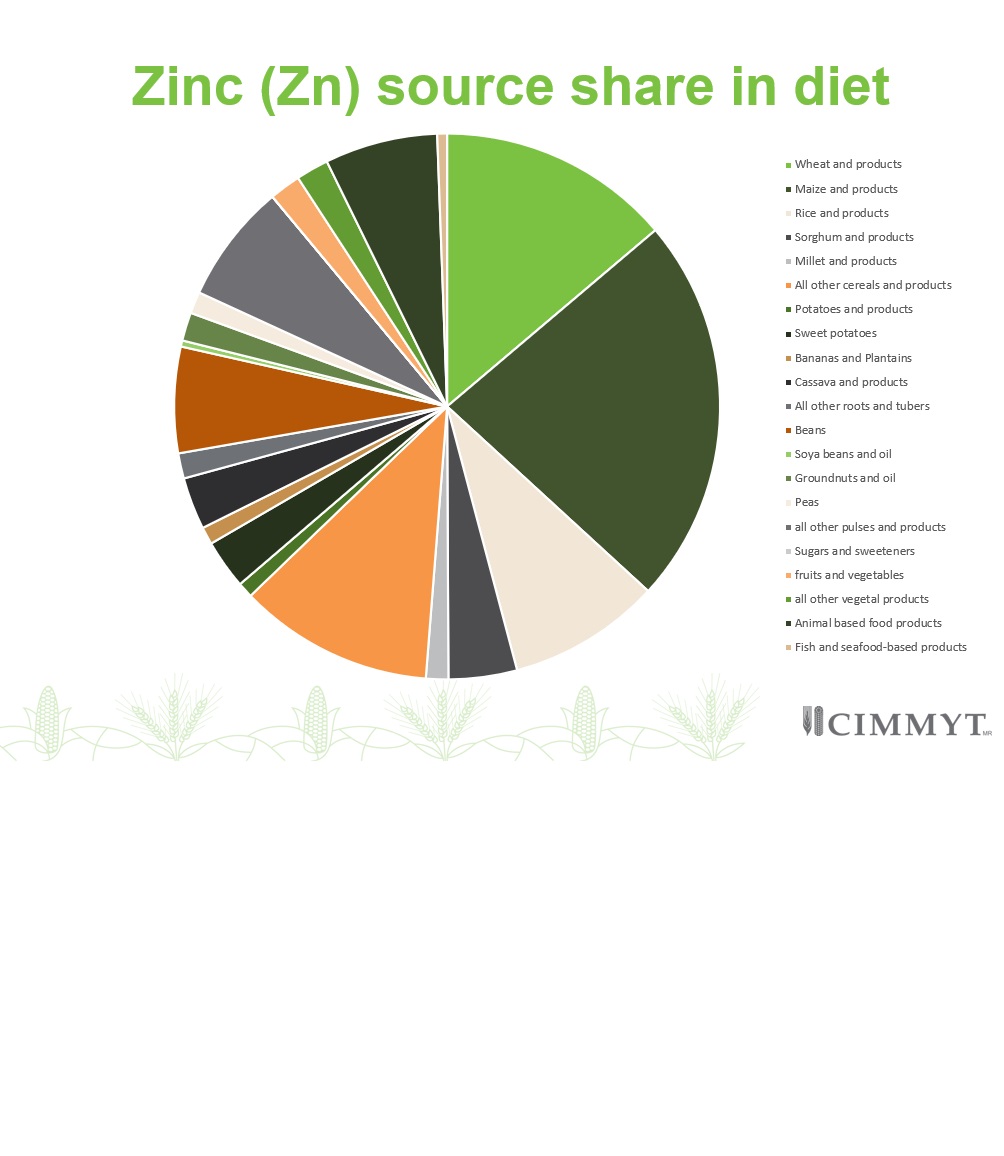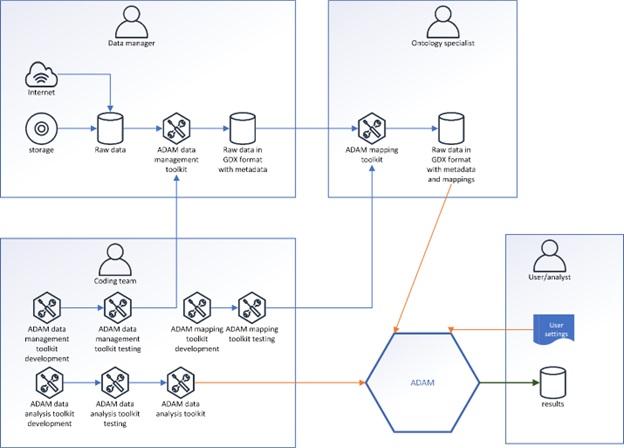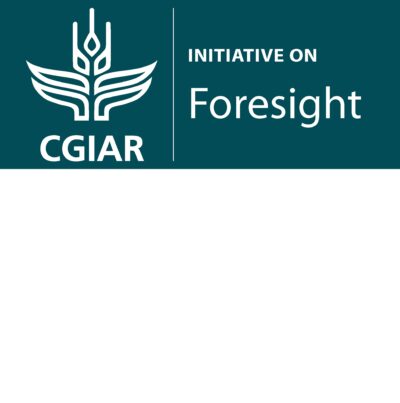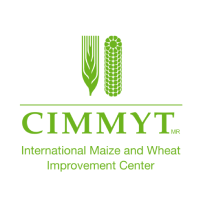Agri-food System Data Analysis Modeling framework
Brief model summary
At the behest of CIMMYT’s management committee a set of calculation procedures was developed to mix and match divergent data sets for research prioritization purposes. For transparency, reproducibility and re-useability of the procedures and other procedures like these ones, the agri-food data analysis modeling framework (ADAM) was conceived. ADAM is based on the design principle of the separation of data, model switches and calculation rules. ADAM provides insight into historic data sets by recombining information and providing results at a vast variety of possible aggregation levels in a transparent way.
The modeling framework can, in principle, operate at a variety of aggregation levels. Currently the focus is on country level as the lowest level of aggregation, because that is the level at which data tends to be available in such a way that it can be made into a comprehensive and comparable format.

Example
The role of maize in nutrition in East and Southern Africa
Cereals are often placed in a negative light. Recently authors have tended to refer to cereals as empty calories (Pingali, 2015). Authors advocate the consumption of higher quantities of fruits and vegetables and pulses. Especially fruits and vegetables tend to be expensive making such a diet less affordable. The EAT-Lancet report (2019) advocates a shift from cereals towards plan-based oils and fats as source of energy, but those diets are not based on affordability nor on acceptability. Looking at the role of maize in average apparent consumption reveals importance not only as a source of energy but also of proteins, dietary fiber, iron, magnesium, zinc and some key vitamins.
Input data
A variety of input data is used. This ranges from FAO production data, price information, and food balance sheets, to world bank indicators and other data sources such as the USDA food nutrient content tables.
Output metrics
The output metrics are derived data from calculations with the input data and include: gross production values in both absolute terms as well as shares, poverty gap values and the average apparent nutrient intake at national levels.
The ADAM framework has been used to generate infographics and comparisons between higher and lower income countries within specific regions for various output metrics.
Model workflow
ADAM consists of a number of interrelated modules, some of which can run as stand-alone modules. The underlying purpose is to generate derived metrics from existing data sources. In any ADAM application it is necessary to ensure that the data sources used are made interoperable if that is not yet the case. In the first step, raw data is processed with the ADAM data management toolkit to create accessible data sets in a standard format that can be used as input. The second step is to ensure the data interoperability. This requires the existence or development of mappings between the concepts and classifications in different data sets. The data in standard format is enriched using the available mapping information in step 3 to create the input data for the calculations. The interoperable data can now be re-used in the calculation modules of ADAM in the fourth step.

Workflow diagram
ADAM workflow diagram
Linkages between data ingestion, data management, model and tool development and model use.
Software requirements
The modeling framework is based on GAMS, the General Algebraic Modeling System. It makes use of the capabilities of GTREE for enhanced model transparency. For visualization and statistical analysis R is used. For text manipulation AWK is used as it is shipped with GAMS.
Accessibility
The code of ADAM is freely accessible.
User documentation
User documentation can be found through the GitHub site.
Code
The model code can be found on the GitHub site.
Annotated references
ADAM has been used to support setting priorities for demand driven breeding that service complex and dynamic agri-food systems, requires a strong evidence base. (https://osf.io/preprints/socarxiv/ybgsm/).
ADAM has also been used in the projected benefits study related to the One CGIAR research portfolio (https://cgspace.cgiar.org/handle/10568/120302).
Acknowledgements
ADAM was originally developed with funding from the CGIAR research program (CRP) on Maize and the CRP on Wheat. In both cases as part of the cluster of activities 1.1 on foresight. As of 2022, the maintenance, further development, documentation and enhanced accessibility of ADAM is financially supported by the One CGIAR initiative on Foresight and Metrics for the Transformation of Food, Land and Water Systems (FMI). CGIAR is a global research partnership for a food-secure future, dedicated to transforming food, land, and water systems in a climate crisis. We would like to thank all funders who supported this research through their contributions to the CGIAR Trust Fund.

CGIAR initiative on Foresight
As of 2022, the maintenance, further development, documentation and enhanced accessibility of ADAM is financially supported by the One CGIAR initiative on Foresight and Metrics for the Transformation of Food, Land and Water Systems (FMI)

International Maize and Wheat Improvement Center (CIMMYT)
ADAM was initially developed by the foresight team at the International Maize and Wheat Improvement Center (CIMMYT) with funding through the CGIAR Research Program (CRP) on Maize and the CRP on Wheat.
